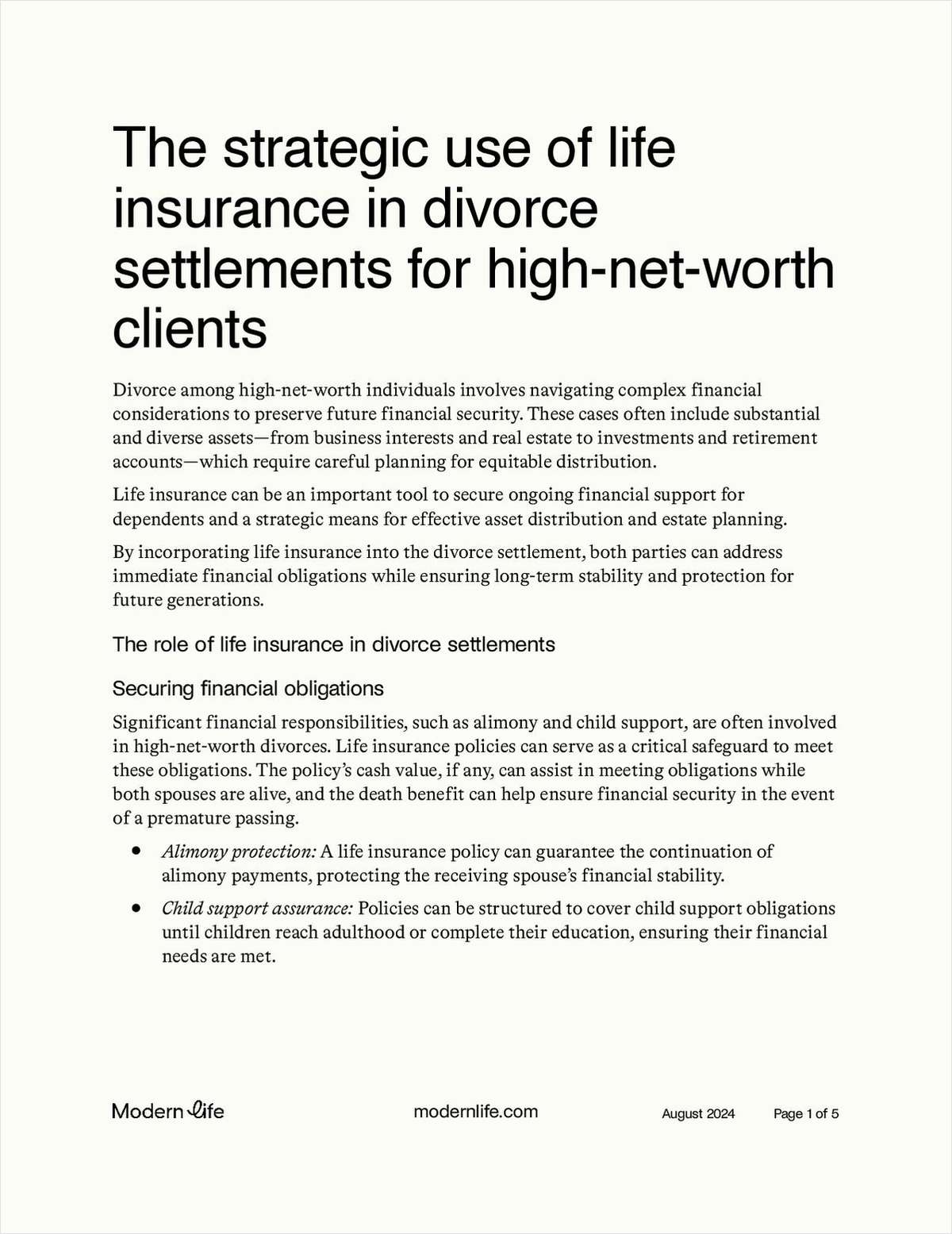Lingering confusion about the risk classification of hybrid securities could scare investors away from the insurance sector and threaten some companies' financial stability, insurers and investment banks say.
Representatives for the insurance and investment banking industry called for quick action on the treatment of hybrid securities here at the summer meeting of the National Association of Insurance Commissioners, Kansas City, Mo., during a meeting of the NAIC's Financial Condition Committee.
But regulators said they have a duty to study such a complicated topic carefully before making a decision.
The Financial Condition Committee decided to hold a joint public interim hearing on the topic with the Valuation of Securities Task Force and the Capital Adequacy Task Force.
The committee also decided that the decision of the Securities Valuation Office, a New York-based securities rating arm of the NAIC, will stand at least for now and that securities classified as equity will still be classified as equity while the matter is under review.
At press time, North Dakota Insurance Commissioner Jim Poolman reportedly was still trying to implement a compromise that would let insurers continue to classify hybrid securities they already own as debt but require them to classify newly purchased hybrid securities as stock.
Hybrid securities are securities that combine characteristics of both debt securities and equity securities. They may include features such as notes that can be converted into common stock or warrants that give holders the right to buy stock.
The Securities Valuation Office stunned the hybrid securities market March 15, by reclassifying $300 million in "Enhanced Capital Advantage Preferred Securities," or ECAPS, issued by Lehman Brothers Holdings Inc., New York, as common stock, rather than as preferred stock.
Insurers and investment bankers had assumed that the SVO would treat ECAPS and other hybrid securities as the equivalent of preferred stock.
Between March 15 and May 14, market confusion about the SVO assessment of ECAPS caused spreads on ECAPS to widen by 0.05 percentage points, while spreads on corporate bonds widened by just 0.02 percentage points, officials at the American Council of Life Insurers, Washington, and the Bond Market Association, New York, have written in a joint letter about the reclassification.



